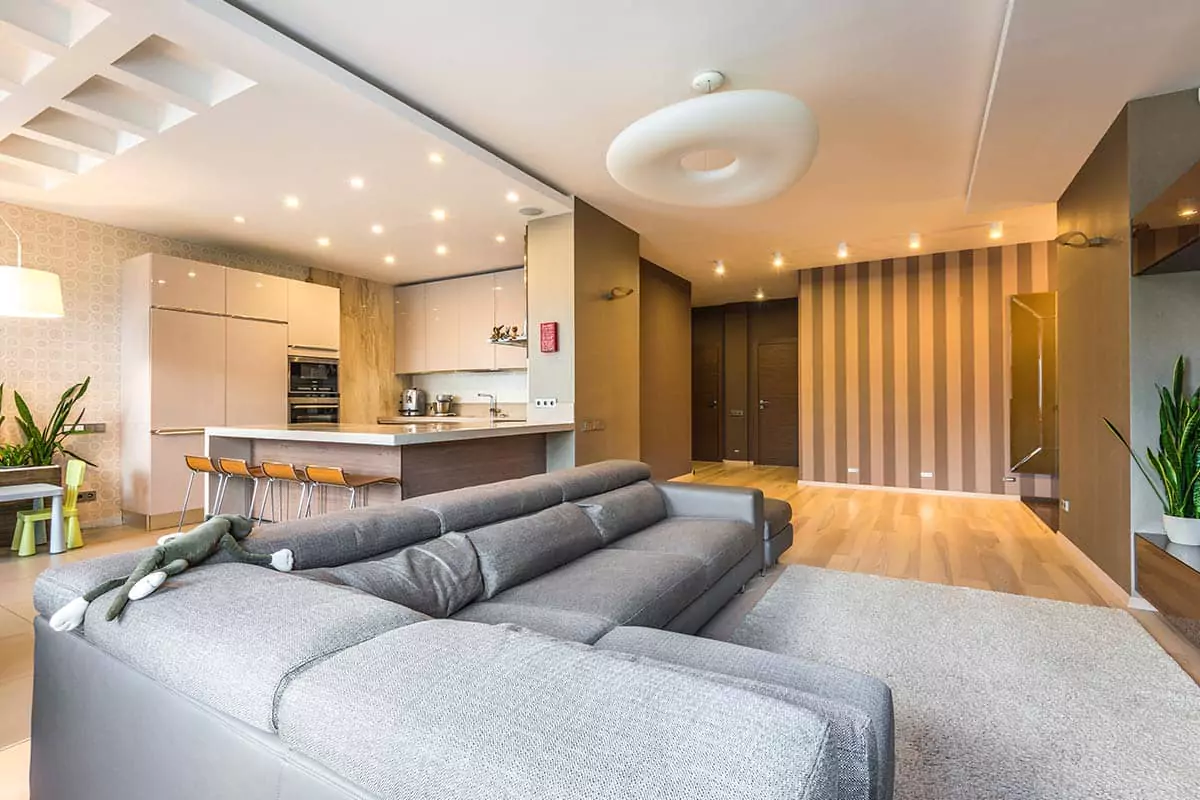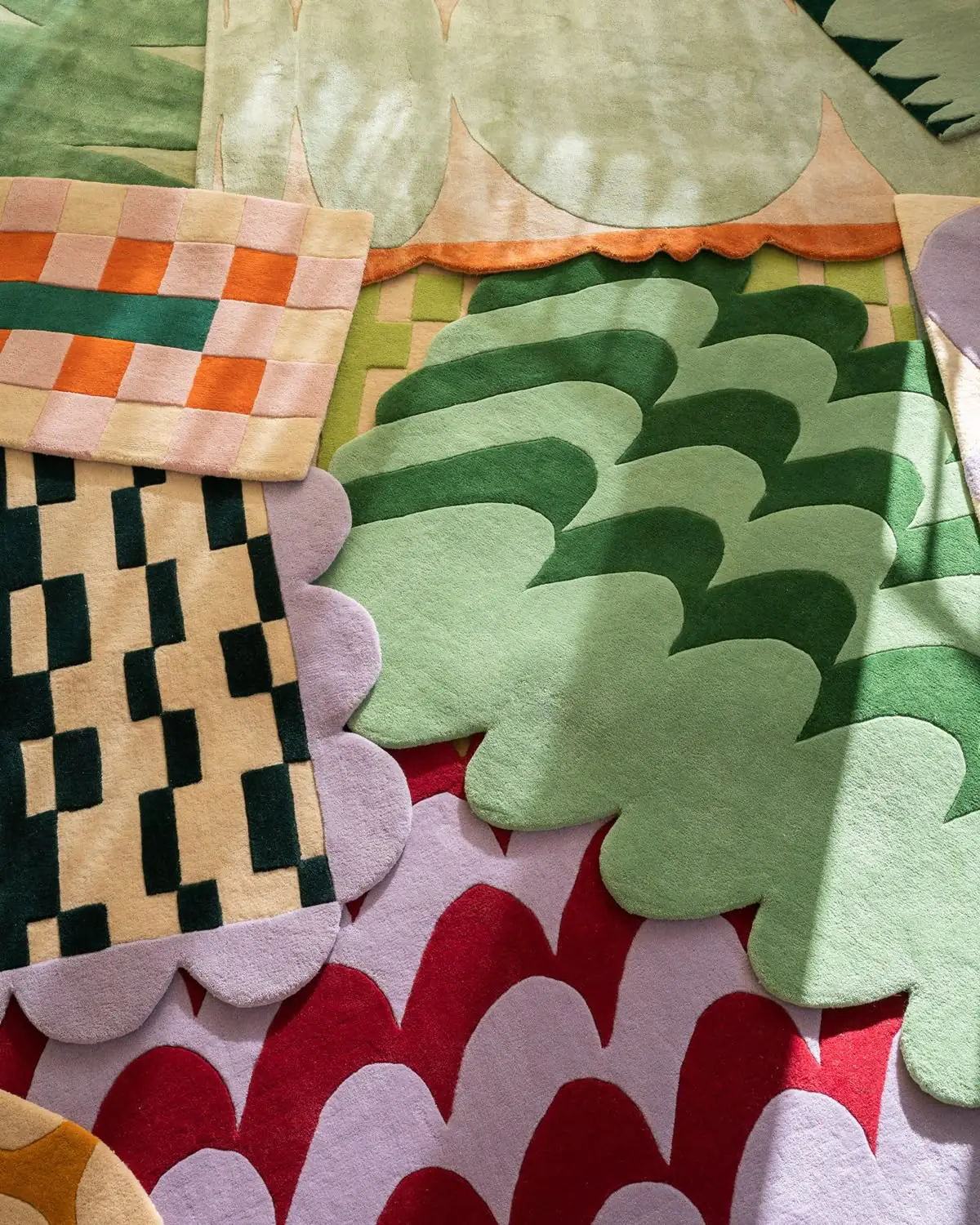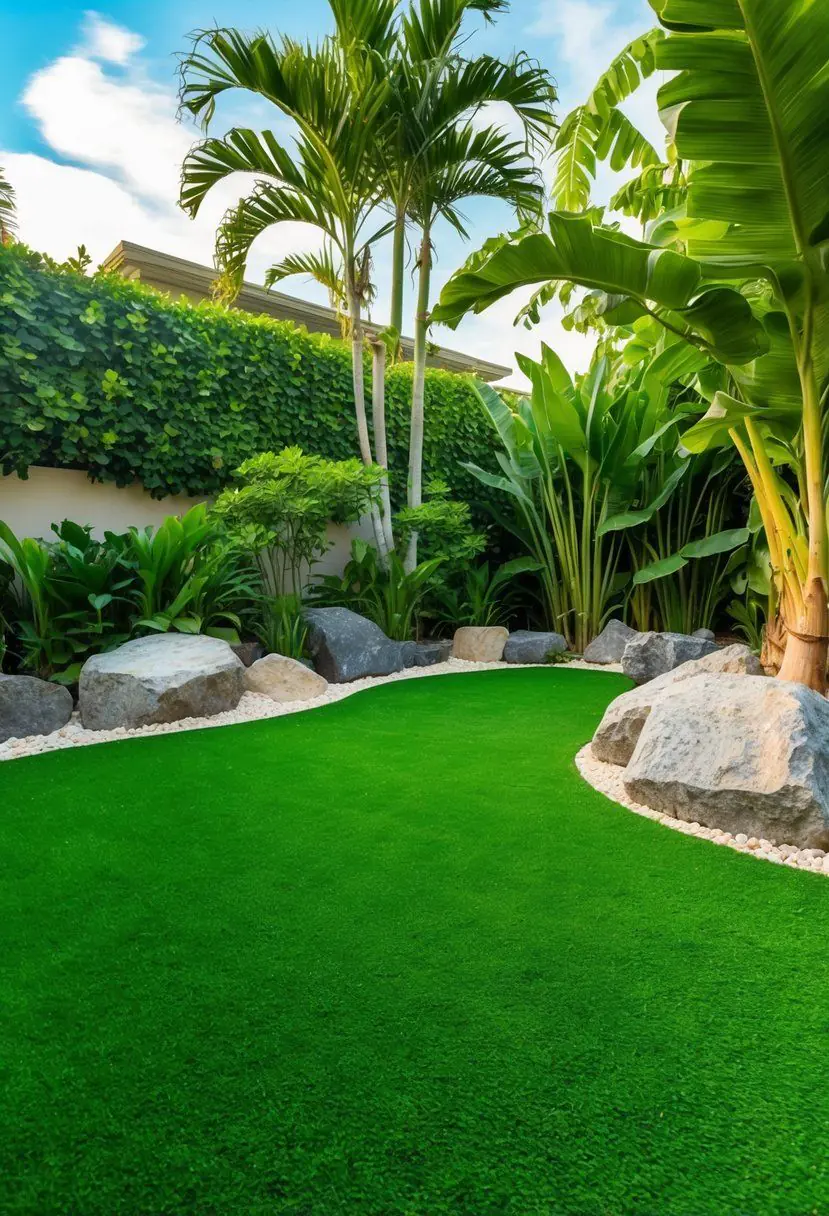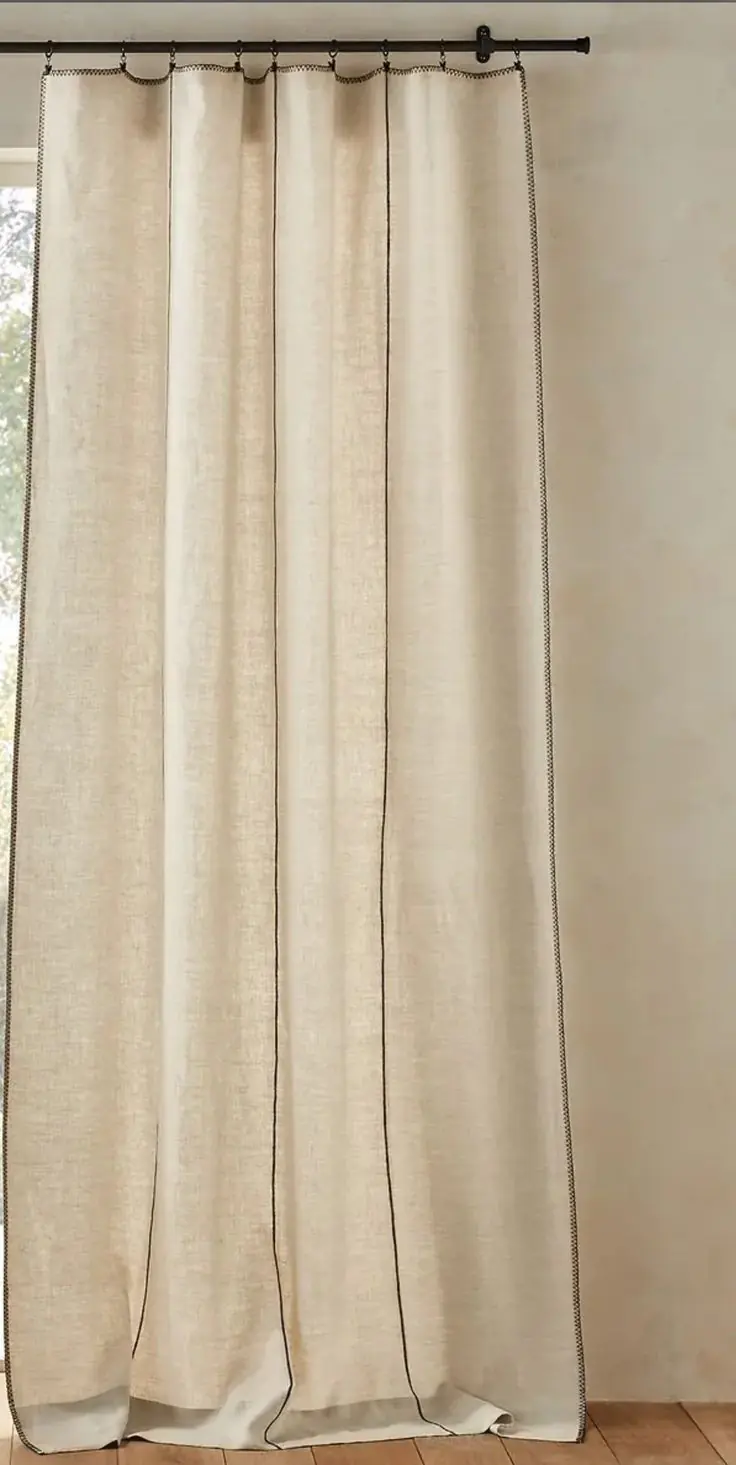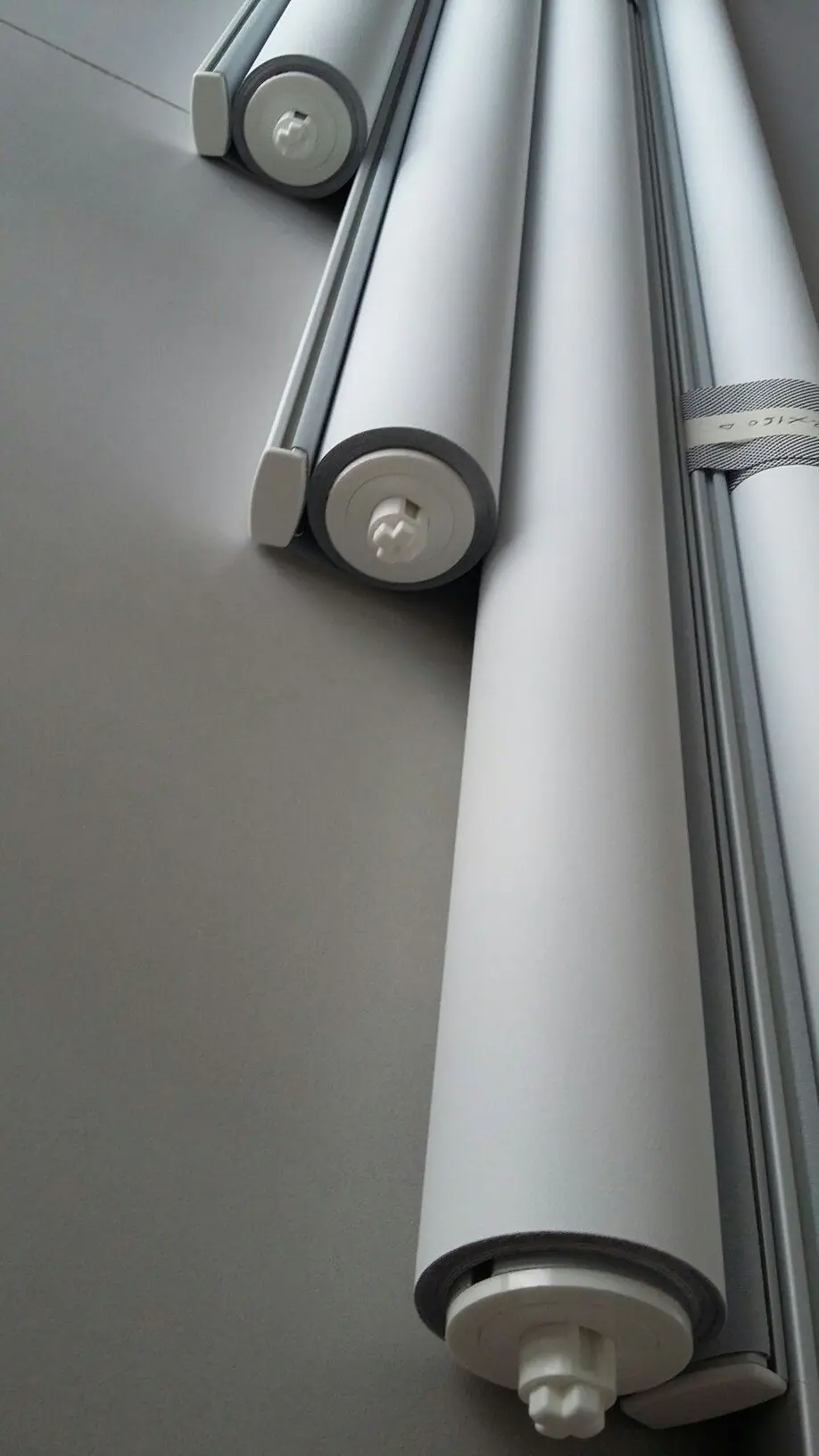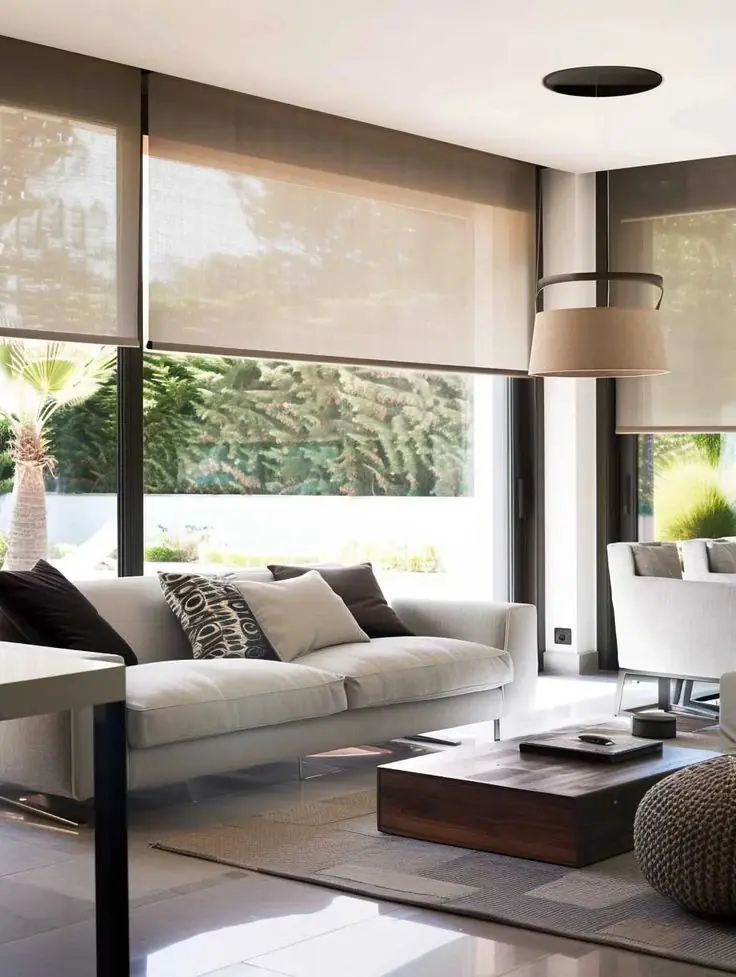A kids rug is more than a floor covering. It is the soft stage for first steps, the map for imaginary journeys, and the quiet island where picture books become whole worlds. From nurseries to playrooms to shared bedrooms, the right surface underfoot shapes how a child moves, learns, and feels. This long guide explores how to choose, place, and care for a kids rug, with research-informed ideas, global style notes, and practical tips that make everyday life easier.
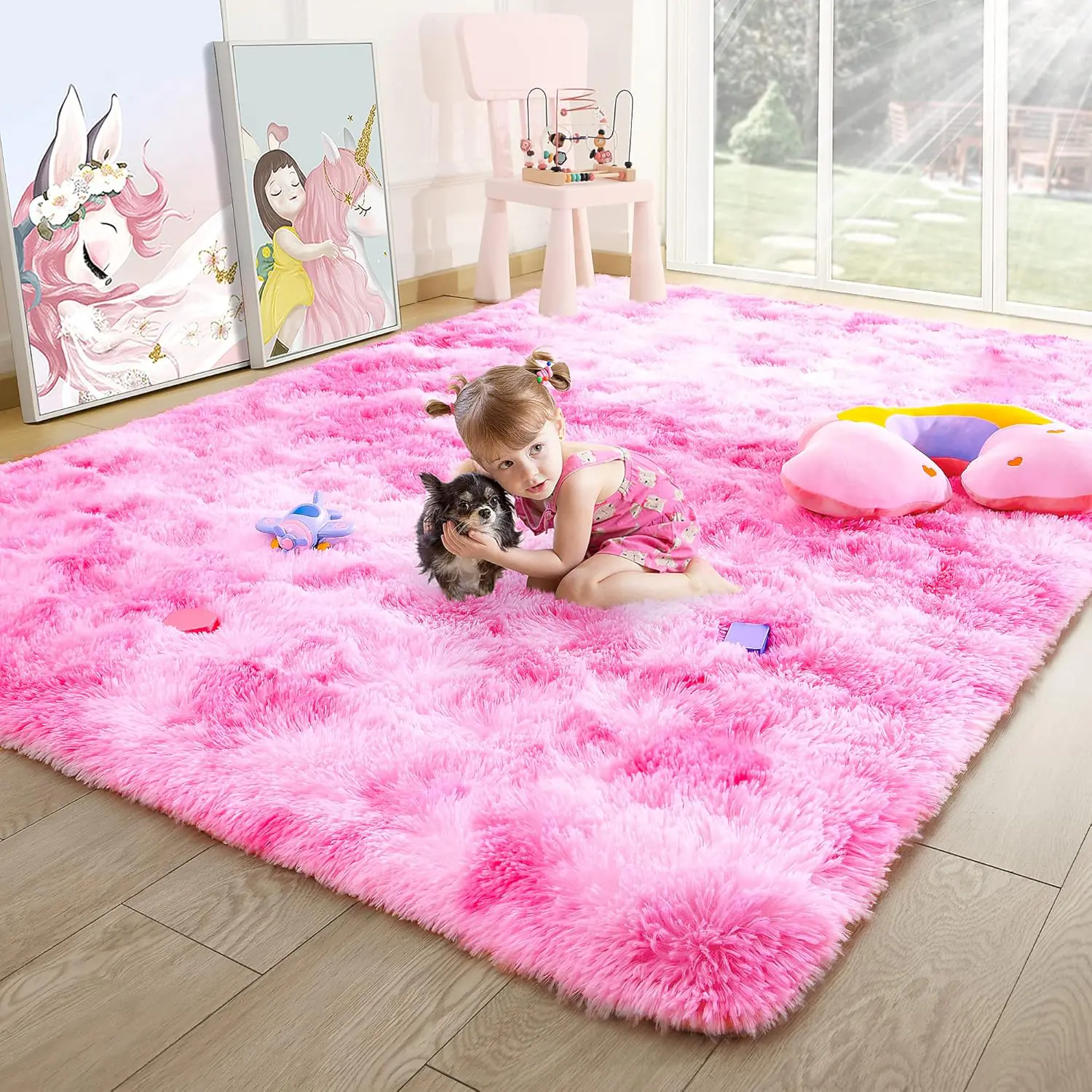
- The developmental power of a soft floor
- Materials that matter
- Health and safety checklist
- Interactive designs that teach through play
- Cultural styles around the world
- Interior design ideas and room themes
- Age-specific guidance
- Rug size and placement
- Cleaning and care
- Eco-friendly choices
- Regional patterns and color tendencies
- How to choose the right kids rug
- Age-stacked room example
- Budgeting and value
- Care rhythms that actually work
- From floor to memory
The developmental power of a soft floor
Soft, cushioned flooring encourages babies to roll, crawl, and pull up without fear. Toddlers gain confidence when small tumbles do not sting. A kid rug also extends attention during floor play, since comfortable seating helps children stay with blocks, puzzles, and drawing. Quieter rooms support focus too. Dense fibers absorb sound, which reduces echo and distraction during story time, circle time, or homework. Defined rug zones create gentle boundaries. When a reading nook sits on a distinct surface, children more easily understand what happens there, and transitions feel smoother.
Movement, fine motor skills, and body awareness
Texture, grip, and modest cushioning support balance and coordination. Babies benefit from traction that helps crawling and early walking. Preschoolers practicing lacing cards or threading beads do better when seated on a surface that steadies the hips and frees the hands. As comfort increases, play sessions lengthen, and small hand movements improve with repetition.
Attention, language, and early math
Rugs marked with subtle grids, roads, or hopscotch boxes invite sorting, counting, pathfinding, and directional words like left, right, near, and far. World map rugs spark questions about oceans and countries. Alphabet designs cue letter names and sounds during casual play. The floor becomes a quiet teacher that joins in without pressure.
Emotional comfort and social connection
Children naturally gather on soft ground. A rug signals safety, a place to cool down with a plush toy, and a shared circle for songs or board games. Familiar fibers, warm color, and predictable placement help sensitive children feel secure.
Materials that matter
Material choice affects comfort, durability, maintenance, and air quality. Below is a quick comparison for common options used in a kid rugs. Follow with the detailed notes to match needs by age and room.
| Material | Feel | Durability | Care | Allergy/Chemical Notes | Best For |
|---|---|---|---|---|---|
| Wool | Plush, springy | High | Vacuum, spot clean, occasional professional wash | Naturally flame resistant, resists dust mites, may shed at first | Reading nooks, shared family spaces |
| Organic Cotton | Soft, breathable | Medium | Often machine washable | Gentle on skin, low VOC with proper dyes | Nurseries, tummy time zones |
| Polypropylene / Polyester | Varies from low pile to shag | High | Easy spot clean | Choose low VOC, avoid harsh coatings | High traffic playrooms |
| Nylon | Resilient, smooth | High | Spot clean, steam clean | Seek certified low emissions | Classroom-style areas |
| EVA Foam Tiles | Cushy, shock-absorbing | Medium | Wipe clean, reconfigure | Buy reputable, low-odor brands | Baby and toddler fall zones |
| Jute / Sisal | Textured, earthy | Medium | Vacuum, prompt spot clean | Natural fibers, not ideal for wet messes | Layering under softer accent rugs |
| Recycled PET | Flat-woven to plush | High | Hose or spot clean depending on weave | Made from recycled bottles, choose low-VOC | Indoor-outdoor play spaces |
Wool
Dense wool pile cushions falls, manages temperature, and springs back after play. It resists soil naturally and meets flammability needs without added chemicals. Initial fiber shedding subsides after regular vacuuming. For very young children who mouth surfaces, ensure dyes are gentle and the backing uses safe adhesives.
Organic cotton
Soft and washable, cotton feels kind to newborn skin and cleans up easily after daily spills. Flat weaves dry fast and work well over radiant heat. Pair with a natural rubber pad for grip and extra loft. Colors may soften with repeated washing, which many parents consider a fair trade for convenience.
Synthetics
Polypropylene, polyester, and nylon bring bright patterns, strong stain resistance, and friendly pricing. Select low VOC options and avoid heavy chemical treatments. These fibers are practical for art corners and snack zones, where quick cleanups matter most.
EVA foam tiles
Interlocking mats create a thick, flexible play surface. They dampen sound and turn hard tile into a forgiving crawl field. Choose trusted brands that state the foam is free from unwanted residues. Wipe frequently and inspect joins so small pieces do not lift.
Natural plant fibers
Jute and sisal add earthy texture and visual calm. They are durable under toy storage units and tents, though they dislike wet stains. Layer a smaller cotton or wool accent rug over a large jute base to combine comfort with strength.
Health and safety checklist
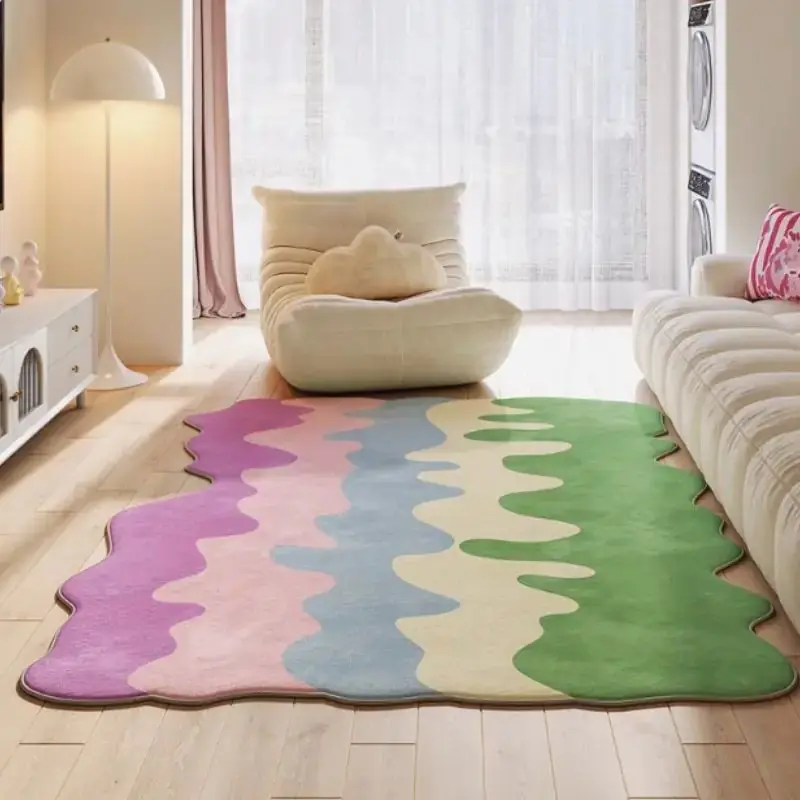
Since children lie, crawl, and sit on their rugs, safety deserves attention. Use this checklist when comparing options.
Hypoallergenic choices
Favor fibers that resist dust mites and mold, like wool and tightly woven cotton. Keep pile height moderate to reduce allergen traps and vacuum weekly with a sealed machine and clean filter.
Non-toxic construction
Look for low-VOC or VOC-free claims, gentle dyes, and backings that avoid harsh glues. Skip heavy stain guards. A new rug that smells strong should air out fully before use.
Non-slip confidence
Secure every rug with a pad sized a few centimeters smaller than the rug borders. Natural rubber or felt pads add cushioning and reduce sliding on wood, laminate, or tile. Check corners for curl and weigh them flat until they relax.
Edges, height, and trip safety
Choose hemmed or beveled edges and medium to low pile for toddlers who sprint. Very shaggy surfaces hide small toys and can snag wheels, so reserve shag for older kids’ reading corners rather than active play lanes.
Interactive designs that teach through play
Designs invite movement, language, and problem solving when they carry gentle cues rather than clutter. A kids rug can be both cheerful and purposeful.
Alphabet and number fields
Letters around the perimeter and numerals in the center support casual games like find the sound, hop to five, or arrange wooden letters on their matching shapes. Repetition builds familiarity without pressure.
Maps and space
World maps, country outlines, and simple constellations encourage talk about distance, direction, and place. Children park toy animals on continents, trace rivers with fingers, and ask new questions nightly.
Roads, towns, and tracks
Road rugs invite routes, deliveries, and shared storytelling. Two children can each manage a district, then meet at the park in the center. Planning trips across the mat quietly practices sequencing and early navigation.
Games and movement prompts
Hopscotch, color spots, mazes, and target circles build gross motor control on rainy days. Turn taking and simple rules grow naturally when a game is printed underfoot.
Cultural styles around the world
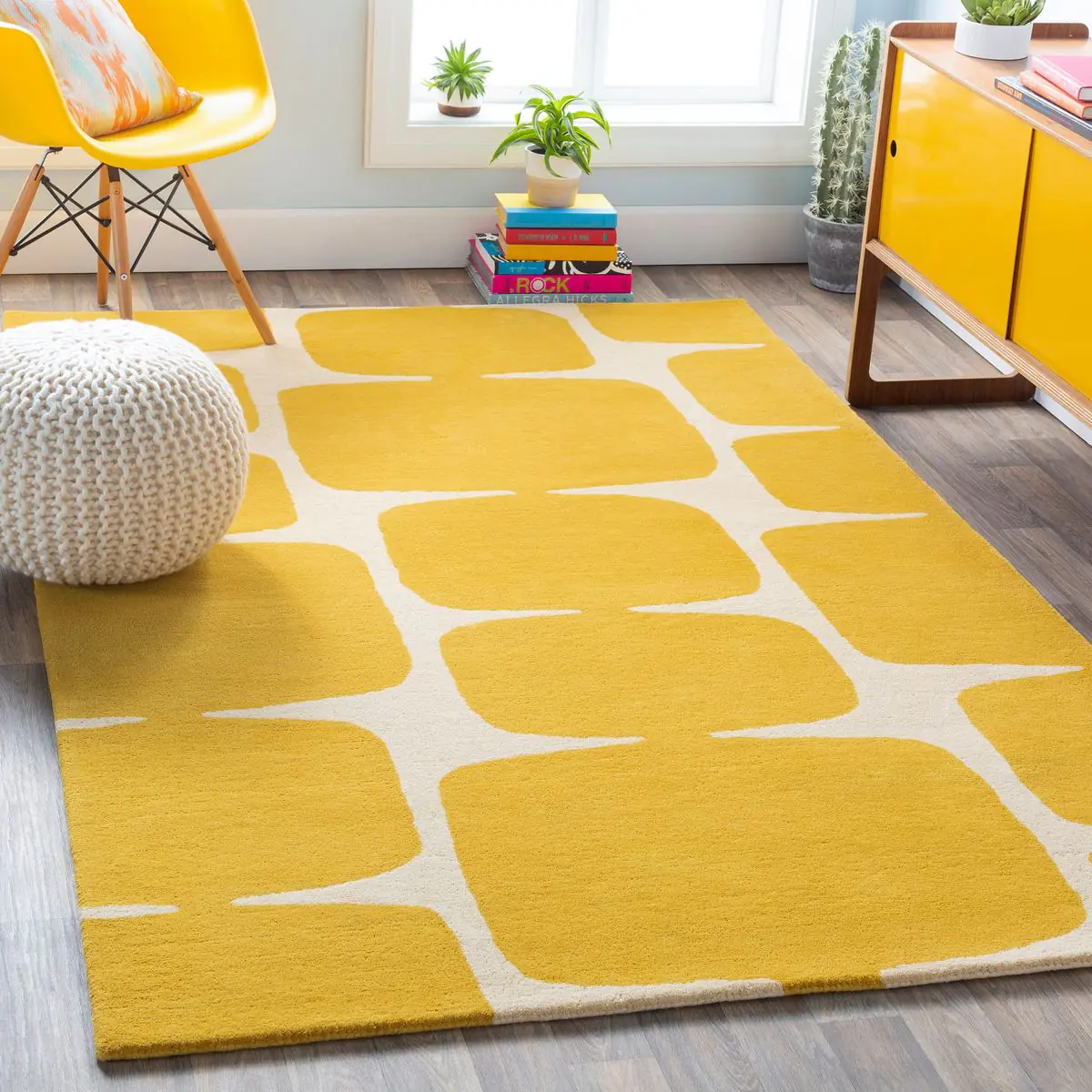
Kids rugs reflect local aesthetics and climate. Families combine global sources with neighborhood habits to create rooms that feel personal and practical.
Scandinavian restraint with playfulness
Muted palettes, simple line drawings, and nature motifs carry calm energy. A monochrome road layout or a pastel world map fits light wood floors and helps the space remain soothing at bedtime.
Asia’s blend of bright learning and soft minimal
In many homes you will find both vibrant letter mats and neutral cotton rugs. In compact apartments, foam tiles handle baby falls, then give way to washable flat weaves. Cultural motifs, scripts, and folk animals often decorate local designs.
North America’s mix of themed fun and decor-savvy patterns
Licensed characters, space scenes, animal safaris, boho geometrics, and washable systems all share space in stores. Many parents now favor gender-neutral colors and rugs that can mature with the child.
Interior design ideas and room themes
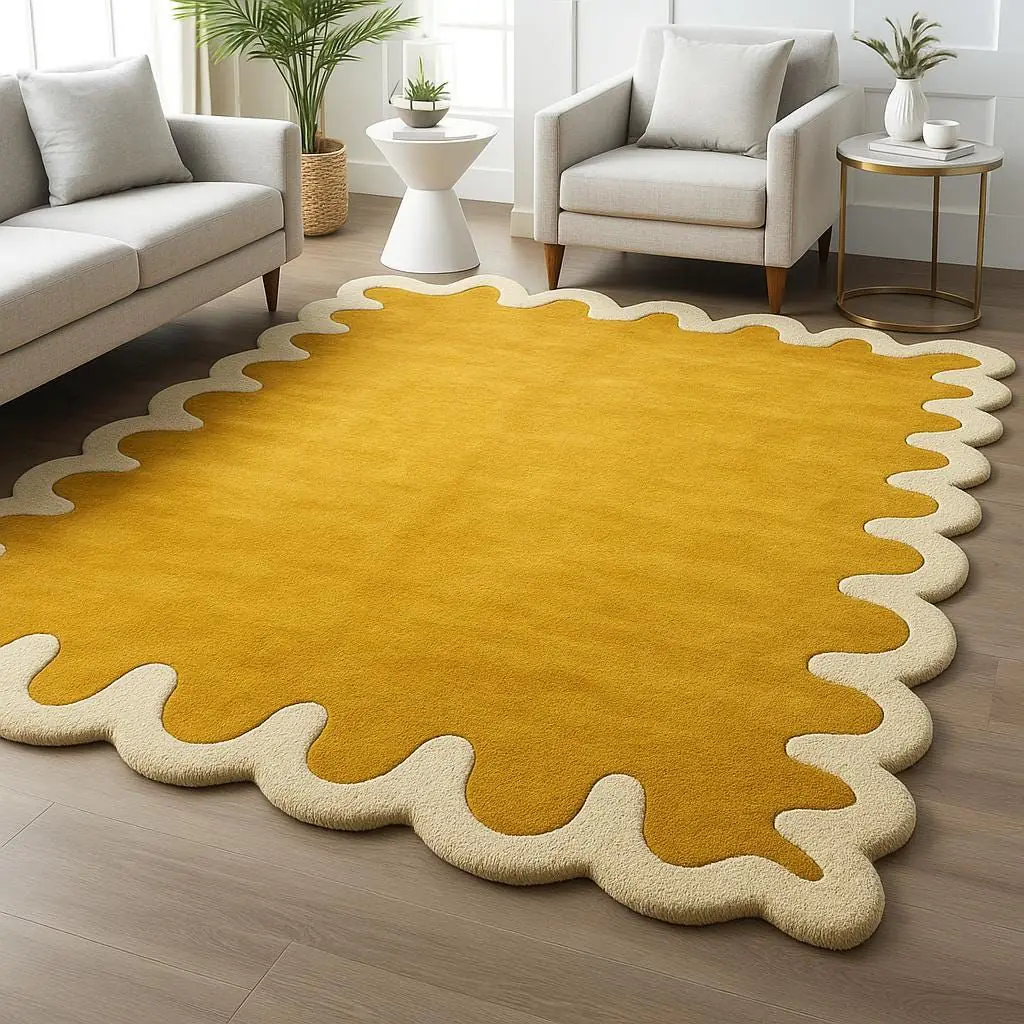
A rug can anchor a theme or quietly support it. Build outward from the surface where play is most likely to happen.
Whimsical nursery
Cloud shapes, stars, moons, or soft rainbows pair with dimmable lamps and blackout shades. Combine a large neutral cotton rug with a smaller tummy time mat that has high-contrast graphics for early visual focus.
Bright, bold playroom
A lively stripe or abstract splash sets a joyful tone amid neutral storage. Use one strong rug as the hero, then repeat two colors from it in cushions and art for cohesion.
Montessori-inspired simplicity
Neutral, low-contrast rugs define clear work areas. A small roll-out mat becomes a personal workspace for puzzles and bead chains. A soft world map in gentle tones can anchor a culture shelf.
Older kids and pre-teens
Shift toward patterns with longevity, like geometrics, checkerboards, or tasteful sports motifs. Let children choose among options that still meet cleaning and size needs, so they feel agency in their room.
Age-specific guidance
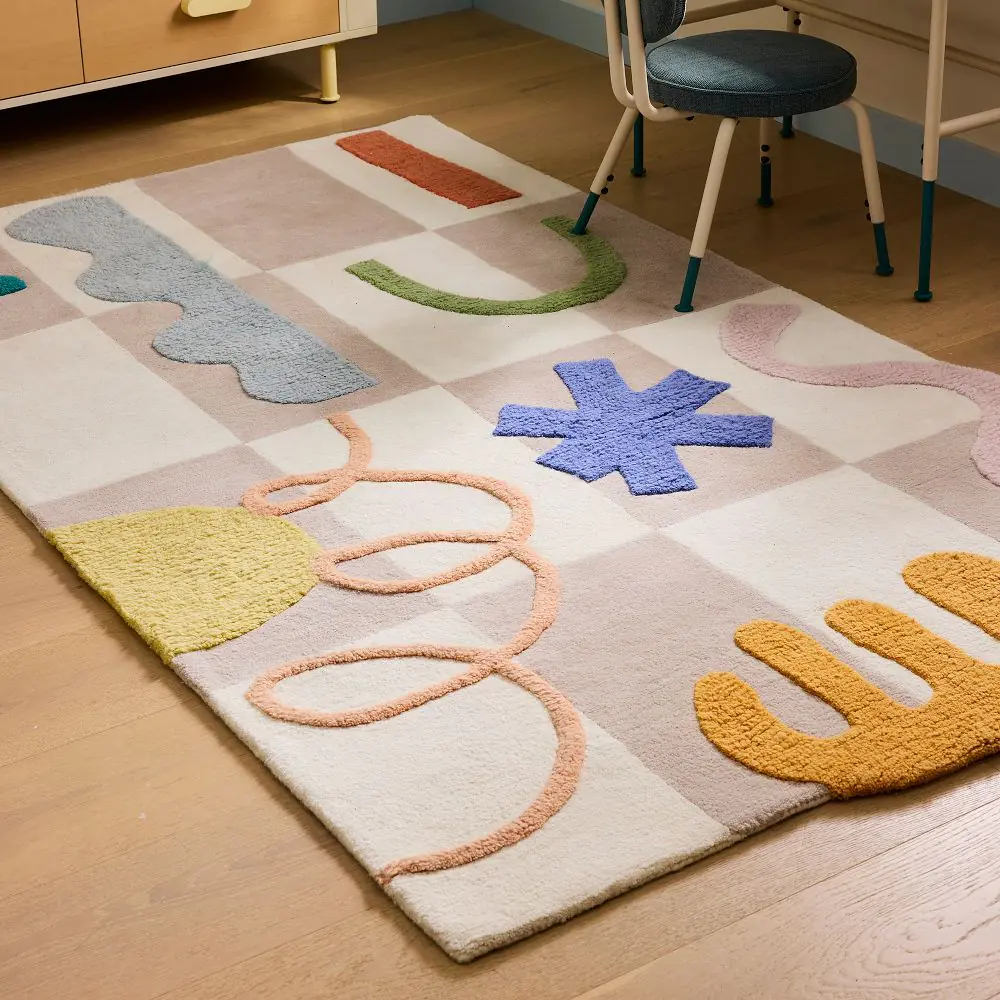
Match rug properties to developmental stages so safety and engagement stay in balance from babyhood to middle school.
Babies
Prioritize softness, washable care, and high-contrast visuals. Keep pile low to reduce lint. Place a firm, non-slip pad below. Separate a washable mat for tummy time and quick laundry cycles.
Toddlers
Durable, low pile, and steady underfoot suits new runners. Interactive roads and shape fields satisfy busy minds. Avoid tassels and small appliqués that invite tugging. Choose forgiving patterns that hide minor stains between cleanup days.
School age
Provide space for expansive builds, board games, and reading. Consider a larger rug that reaches under the front legs of the bed and the study chair, so movement paths stay soft. Themes can be more specific to hobbies or gently abstract for flexibility.
Rug size and placement
Proportion makes a room feel composed and safe. Measure carefully and map on the floor with tape before buying.
General rules
Leave a border of visible floor around the rug so it feels intentional. In small bedrooms, about thirty centimeters works; in larger rooms you can leave more. Anchor at least front furniture legs to prevent drift.
Nursery layouts
Place a medium rug partly under the crib so caregivers step onto softness during night checks. Ensure doors swing freely. If a glider sits in a corner, extend the rug beneath it to reduce squeaks and slides.
Kids’ bedrooms
For a twin bed, a medium rug rotated under the lower two thirds gives a warm landing. For bunks, center a round rug near the ladder for a play spot that avoids door paths. Keep edges clear where children jump down.
Playrooms
Use a large central rug to host builds, then a second smaller rug for a quiet reading corner. Two distinct surfaces reduce clutter and signal zones for different activities.
Cleaning and care
Daily crumbs, art splatters, and outdoor dust are normal. A simple routine keeps a kids rug fresh and the room healthier.
Daily and weekly habits
Vacuum once or twice a week using the right setting for pile height. Shake small rugs outdoors. Teach kids to help clear toys from the surface before vacuuming so fibers lift evenly.
Spot treatment toolkit
Blot spills quickly with a clean cloth, never rub. Use mild soap or a vinegar and water mix for most food stains. Enzyme cleaners work for accidents. Rinse residues and blot dry so the area does not attract new soil.
Deep cleaning
Wash machine-friendly rugs on gentle cycles and air dry flat. For larger rugs, schedule periodic steam cleaning with child-safe solutions. Sun and fresh air on a dry day help deodorize, but limit direct exposure to prevent fading.
Maintenance extras
Rotate the rug every few months to even out sunlight and traffic wear. Trim snags rather than pull them. Replace worn foam tiles or pads so grip remains reliable.
Eco-friendly choices
Planet-friendly materials align health and ethics. They also teach children to care for the world they play in.
Natural and organic fibers
Organic cotton, wool, and plant fibers lower chemical loads and decompose at end of life. Seek gentle dyes and responsible backing. Buy from makers that document fair work and safe processes.
Recycled yarns
Rugs spun from recycled plastic bottles or reclaimed cotton keep waste out of landfills while offering durable, easy-care surfaces. Choose low-emission backings and pads to complete the system.
Helpful labels
Look for independent safety and emission standards that indicate every component was tested. Such assurance helps when a rug will live in a nursery or shared family room.
Regional patterns and color tendencies
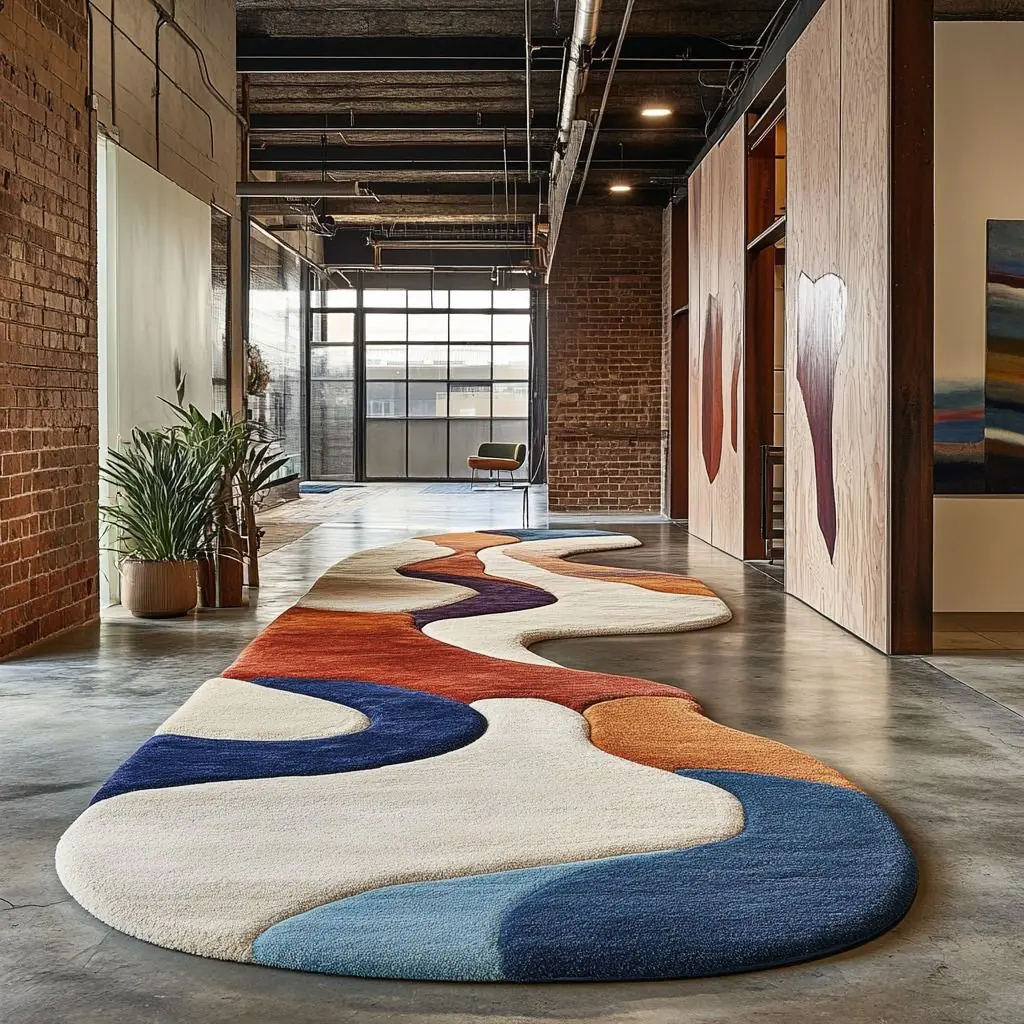
While tastes vary by family, certain palettes repeat across regions and can guide styling ideas.
Scandinavia
Greys, creams, and muted pastels dominate, with clean line art animals, mountains, and stars. A monochrome check or road layout pairs with natural wood and soft task lighting.
Asia
Bright educational mats sit beside minimalist neutrals in many homes. Foam tiles are common in apartments for baby stages, with cotton or wool flat weaves later. Local scripts and folk stories often influence motifs.
North America
Boho geometrics, licensed characters, world maps, and washable two-part systems are popular. Many families choose gender-neutral palettes, then layer accent color through cushions and art.
How to choose the right kids rug
Turn a long shortlist into one confident purchase with these steps.
Measure, then tape the footprint
Mark the intended size on the floor to confirm door clearances and furniture legs. A slightly larger rug usually looks more intentional than one too small.
Match material to room tasks
Nursery needs washable softness. Playrooms need durable low pile that cleans fast. Reading corners reward plush wool. Choose one hero feature per room and buy for that job first.
Prioritize safety features
Commit to a pad, check edges, and keep pile height moderate for active children. Avoid loose fringe for toddlers. Inspect backing yearly.
Balance theme with longevity
For fast-changing interests, pick a versatile pattern in the favorite colors, and express specific characters through art and bedding. For deep passions, let the rug be the star and keep walls calmer.
Plan for cleaning
Confirm care instructions before checkout. If your family loves messy crafts, choose a rug that forgives splatters or use a protective mat during art time. Darker multicolor patterns hide minor marks between washes.
Age-stacked room example
Consider a shared room. A large neutral jute base covers most of the floor and protects wood beneath. In the baby corner, a soft organic cotton mat lies over the jute for tummy time. Between twin beds for older children, a medium map rug invites cooperative play and quick geography chats. The reading nook gets a small wool shag circle to curl up on. Each surface plays a role and the room feels coherent.
Budgeting and value
Set a budget that fits the expected lifespan. For a toddler playroom, an affordable, washable rug may be wiser than a collector piece. For a living room that doubles as a family library, a dense wool rug may justify its cost through comfort and years of use. Read reviews for shedding, colorfastness, and backing quality.
Care rhythms that actually work
Create tiny, repeatable routines. A two-minute toy sweep at dinner time keeps surfaces ready for a weekly vacuum. A small caddy with cloths and a gentle spray near the play area speeds up spill response. Baking soda shakes followed by a vacuum refresh odor without perfume. Achievable habits preserve fibers and keep indoor air clearer.
From floor to memory
Years from now, children often remember the textures of their rooms. The soft wool circle where they learned to read. The painted roads where block cities rose and fell. The pastel cloud under the crib that welcomed sleepy feet at dawn. A kids rug carries these moments with quiet strength. Choose with care, secure it well, clean it simply, and let the stories unfold on top of it.
A kids rug does quiet work every day, catching the first wobbly steps, softening tumbles, and framing the stories that children invent on the floor. When you choose materials that feel good, sizes that fit the room, patterns that spark curiosity, and care routines you can actually keep, the surface underfoot becomes more than decor. It becomes a trusted place to read, build, dance, and dream. Start with safety and comfort, let personality flow through color and motif, and keep cleaning simple so the rug can keep up with real life. In the end, a well-chosen kids rug helps turn four walls into a room a child remembers, because it held their everyday adventures with warmth and grace.
Frequently Asked Questions (FAQs)
Explore the finest interiors in the UAE market. Step inside stunning spaces. browse now!
